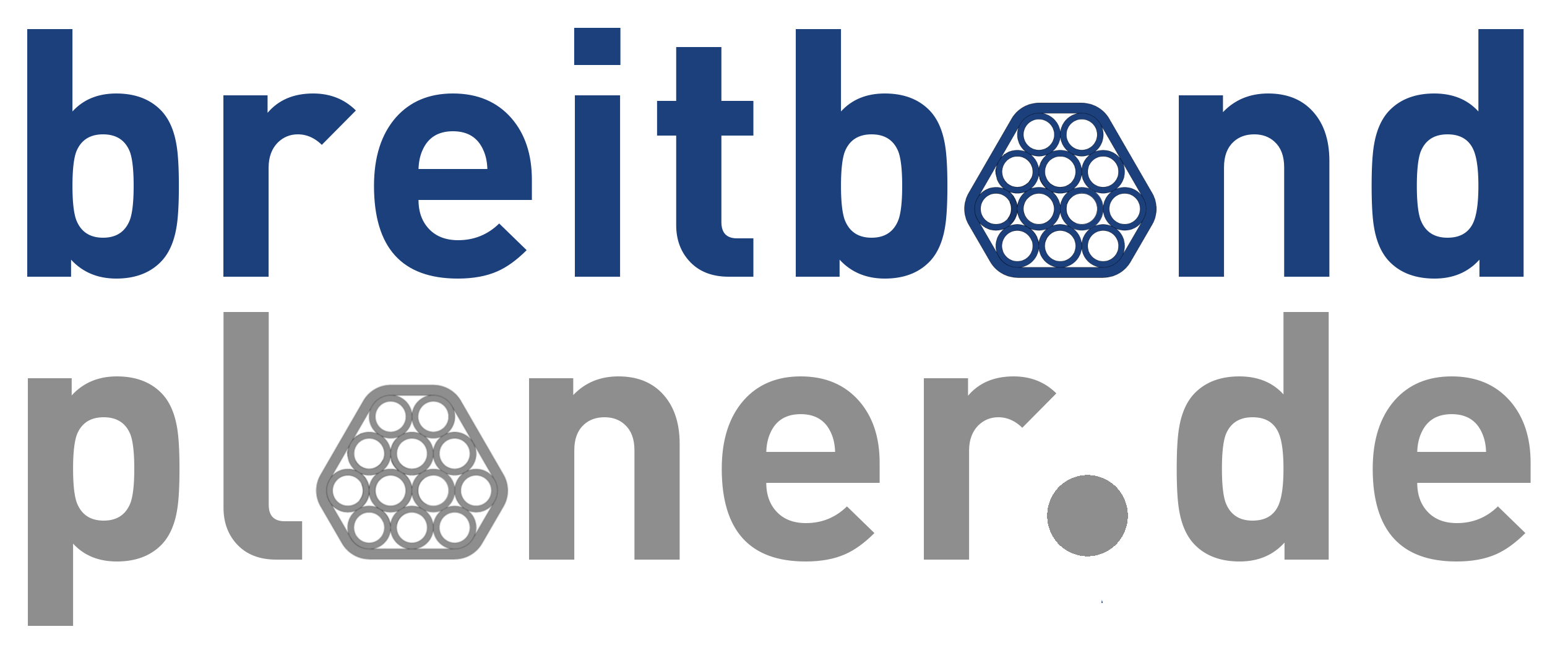Network planning

Register now!
The minimum number of participants per course is 10. Otherwise we reserve the right to cancel the course.
The Network Planning course provides a comprehensive introduction to network planning and teaches practical skills.
Participants learn to identify relevant network elements and gain insight into the relationship between fibers, cables and ducts and their dimensioning. The training covers different types of infrastructure, fiber requirements and length restrictions, including planning options for customers and future requirements adapted to the respective expansion areas.
Furthermore, the interactions between active and passive network infrastructure elements are explained and economic aspects and the connection to higher-level and existing networks are highlighted.
The importance of reserves for a reliable infrastructure is also emphasized. Overall, the training enables participants to work successfully in network planning.
Agenda
Topic 1: Network planning basics
- Presentation of the client’s network concept (point-to-multipoint or point-to-point)
- Counting methods for pipes, pipe systems, cables and fibers
- Distribution of tubes, cables, fibers
- Frequently used types of pipe fittings and cables
- Relationships between tube diameters and cables
- Planning aids for dimensioning network distribution elements (cabinet, KvZ, sleeve, etc.)
Topic 2: Determining the fiber counts
- Determining the requirements of the properties to be connected
- Residential units
- Special infrastructure such as bus stops, mobile phone sites, transformer stations, e-mobility charging infrastructure sites, etc.
- Point infrastructures such as data centers, airports, authorities, campuses, hospitals, etc.
- Assignment of the object connection cables for houses, businesses and point objects according to the client’s fiber concept.
- Allocation of fiber capacities for new development areas “Homes passed” and redensification.
- Determination of cable and fiber capacities for redundancies, possibly redundant routing
Topic 3: Determination of the cable and fiber volume with determination of the concentration points according to economic and network operation criteria
- Examination of the required optical budget from the planned POP location to the furthest HÜP, taking into account repair and ageing reserves.
- Economic and operational criteria for the use of fiber concentration points.
- Economic network optimization with determination of the fibre concentration points.
- Economical network optimization with high-fibre feeder cables in the NE3.
- Checking the planning for compliance with the planning results from planning stage 1.
- Determination and positioning of locations for cable reserves
Topic 4: Planning the backbone
- Defining the cluster interconnection points and the interconnection points to supra-regional network operators.
- Determination of the backbone cable routing with redundant and disjunctive routing.
- Planning of backbone cables, taking into account reserves for leasing fibers and/or routes to third parties.
Topic 5: Evaluation and assessment of learning status and ability
- Summary of the contents of topics 1 to 4
- Assessment of learning status and ability
Register now!
Duration: 5 days, 30 hours
Participants: max. 15 people
Start: at 9:00 am
The minimum number of participants per course is 10. Otherwise we reserve the right to cancel the course.
Contact person for this course

